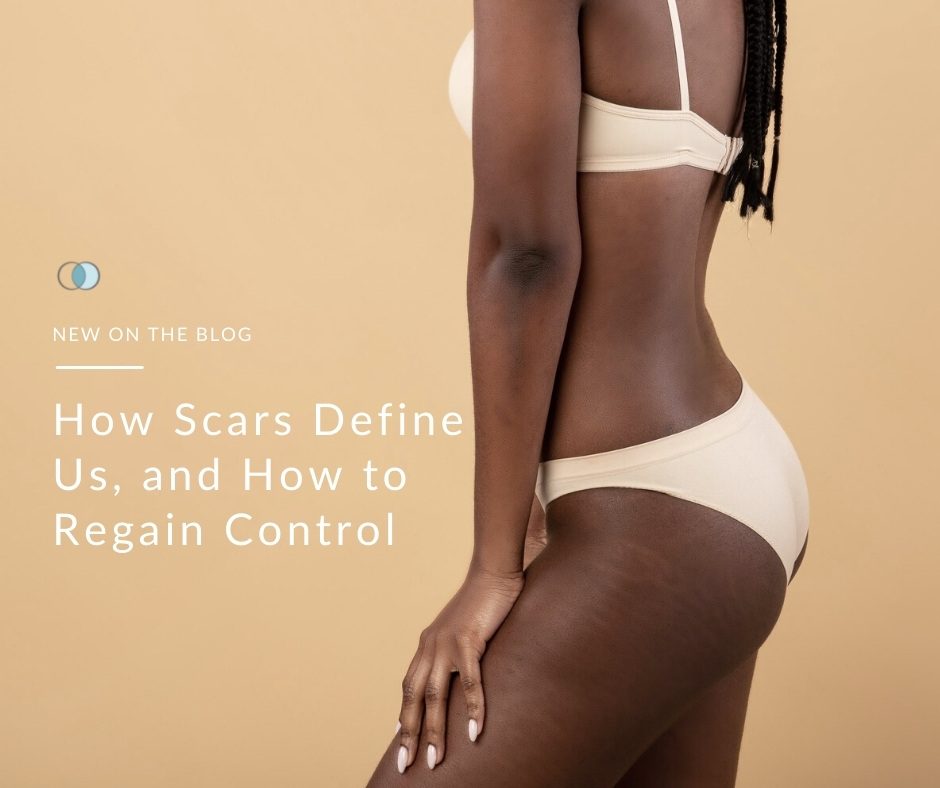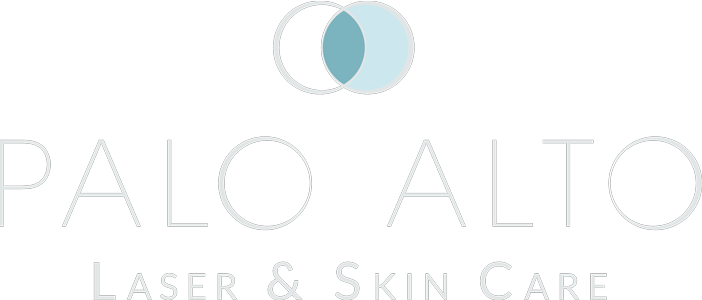
One of the top reasons clients seek out Palo Alto Laser and Skin Care is for scar treatment. Much more than a medical day spa, our clinic is home to Zuzana Likar who personally trains every member of the staff to the highest standards. Most people reach adulthood with at least one or two scars, and while sometimes these scars are hidden and not bothersome, other times they can be life-changing—and so can their removal.
It has been said that the late Michael Kenneth William’s career was driven by his scar. The dancer and actor featured in “Boardwalk Empire” and “The Wire” highlighted his facial scar, a quite substantial remnant from a dangerous encounter when he was 25. A bar fight that involved a razor led to an influx of new roles coming his way. Most of them were for “thugs,” as he once recalled in an NPR interview, but they still opened doors. He told Globe and Mail that the scar is “not something I really think about much anymore, but I always know it’s there.”
The De-Romancing of Scars
Stories like Williams’s are often found in films and books, and not typically in the real world. Scars have long been romanticized as proof of some hard-fought battle, but in actuality, most scars are the fallout of less heroic feats. A car accident, a fall on the playground, or slipping on a freshly mopped kitchen floor are all much more common causes of scars (and they are not much to brag about). Our bodies do a fantastic job of healing themselves, but this does not happen without leaving us something to remember the trauma by.
There are actually many different types of scars, including keloids. A keloid is a raised scar that can form when the body goes “above and beyond” healing itself. Keloids can continue to grow over time, even well after the initial trauma has healed. They can be painful, especially if they are in an area that experiences regular friction (such as where a bra strap touches). Keloids are also tough to camouflage with makeup since it’s not “just” discoloration but also a raised bump that you’re trying to hide. No matter what kind of scar you have, there are treatments available to reduce their appearance.
Scar Treatment
Keloids most often occur in those with darker skin tones, but they can happen to anyone. Keloids also don’t automatically appear when the body is healing, but rather can form over time. You might think you have a “regular” scar and then realize it has become larger, rope-like, and raised months or even years after the trauma occurred. You will most often find keloids on the neck, ears, chest, back, and shoulders. The keloid itself will be bigger and more expansive than the original injury. Ultimately, a keloid scar is actually a benign tumor comprised of scar tissue that is overdeveloped from collagen production.
There is a genetic link to keloids, and any type of injury can cause it including something as common as acne, a piercing, tattoo, or surgery. Those who keloid are typically told to minimize elective surgeries and cosmetic procedures that may cause scarring—or, of course, you can opt for a scar treatment. Palo Alto Laser and Skin Care offers a suite of options for treating scars (including keloids and stretchmarks) such as the Fraxel Dual, microneedling, CO2RE, Vbeam Perfecta, and more. A combination of lasers and/or treatments often yields the best results, depending on the type of scar the patient has. Selecting the right scar reduction treatment plan for you will require a complimentary consultation with one of our laser experts.
Do You Have Keloids?
A skin expert can diagnose a keloid just with a visual examination. Keloids tend to be especially itchy and uncomfortable while healing. “Spontaneous keloids” can also appear, particularly on the chest. Those who are 10 – 30 years old and/or of African, Asian, or Hispanic descent are particularly prone to keloids. Plus, if you’ve developed one keloid scar in your life, you’re more likely to have another.
Since skin trauma can cause more keloids, or worsen the existing ones, it is critical to only work with a laser expert who can match you with a treatment plan that will improve the keloid’s appearance—not make it worse. Schedule your consultation with Zuzana Likar’s team today by calling Palo Alto Laser and Skin Care or filling out the online form.
